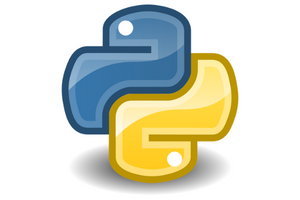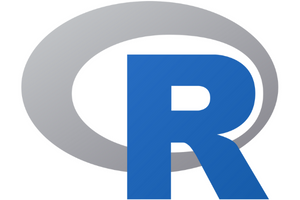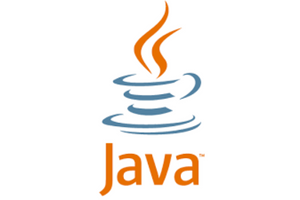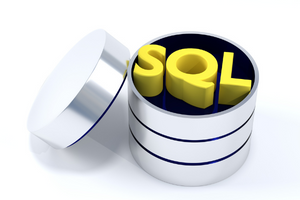To become a data scientist, you should have knowledge of a variety of programming languages, which include Python, R, Java, SQL, JavaScript, C/C++, and Scala, to name a few. Among all these programs, Python is the most common coding language that you’ll need to handle different roles and responsibilities in your data scientist career.
You could either take the long route to your data science career by learning these programs in college or fast-track it by enrolling in a reputed data science bootcamp in Silicon Valley.
But why do you need to learn these programming languages? Let’s find out the answers by taking a look at the top programs you should learn to make your career path in data science a smooth-sailing one:

- Python: It’s the most popular and often, the most preferred programming language in the domain of data science. This open-source, dynamic, and versatile language is user-friendly, inherently object-oriented, and supports a wide range of paradigms, from structured and functional to procedural programming. Thus, you can use Python to handle any step involved in data science processes. For instance, you can create datasets using it easily or take different data formats and import SQL tables into your code. Python’s extensive libraries for data science are other advantages that you can leverage.
If you want to handle data manipulation, you’ll find Python to be faster and better than many of its counterparts.

- R: A favorite of data miners, this is another one amongst the top open-source programming languages for data science. R is much more than just a programming language.
It’s an entire setting for statistical calculations and is considered the most powerful tool to perform statistical analysis.
With R, you can carry out operations on mathematical modeling, data processing, and even work with graphics. Since R is system-agnostic, it supports most operating systems. Be it data visualization, data exploration by sorting, generating, merging, and modifying data, or distributing data sets accurately to get them ready for their final representative formatting, you can do a lot with R.

- Java: Its wide applicability makes Java one of the most frequently used programming languages for data science. Java is believed to be the right choice for IoT, big data, and even writing machine learning algorithms. Due to its WORA (write once, run anywhere) feature, you can run system-agnostic Java anywhere, irrespective of the underlying OS. Java is the preferred choice for some of the most popular big data analytics tools like Scala and Apache Hadoop. Java boasts of mature big data frameworks, ML libraries, and native scalability that facilitate easy access of almost an unlimited amount of storage while letting you manage several data processing tasks in clustered systems.

- SQL: For a successful data science career, having SQL skills is one of the chief requirements.
Since database is essential for data science, learning how to use a database language like SQL becomes necessary if you want to stand out in your data science career.
Since this structured query language blends transactional capabilities with analytical ones, it’s one of the key tools you’ll need to work with big data as well as while handling relational databases.

Closing thoughts
In addition to these, C/C++, Scala, and Julia are some other programming languages that are important to learn for your data science career.
. . .
To learn more about variance and bias, click here and read our another article.


